What Tariffs Really Mean For A Small Business, From A Small Business
Amidst the on-and-off tariff game between China and The United States’, who pays the greatest price?
Small businesses. Especially independent fashion brands like ours.
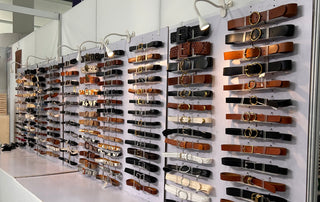
President Trump’s trade policy, in the years following the pandemic, has been set into motion with unprecedented reciprocal tariffs and continues to hit small businesses hardest. What began in February as a 10% tariff tax on Chinese imports has now skyrocketed to as high as 145% for all goods, almost doubling the cost of goods for small fashion brands with China-based manufacturers, brands like us.
“If tariffs continue at this rate, it won’t just hurt us — small businesses across the country will be forced to cut jobs, raise prices, or shut down entirely. The system assumes we can pivot quickly, but the reality is we don’t have the same flexibility or buffer that large corporations do.” - Irene, Co-Founder of Most Wanted and Production/Design Head
Take it from a small business. Contrary to the common belief that we can simply “raise prices” and push the cost onto consumers, that solution doesn’t go very far. If it were that simple, all we’d need to do is increase our marketing efforts in turn. While narrowing marketing initiatives can be beneficial to us during this time, it won’t fix the widening gap between manufacturing costs and small business revenue.
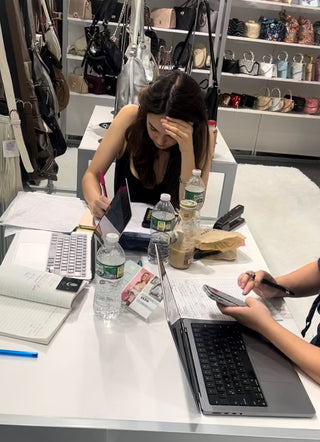
Why Can't We Just Change SUppliers?
Our current suppliers have been vetted over years and understand our quality initiatives and desired timelines, while U.S. manufacturing often comes with much higher costs and limited capabilities for the materials we need. Changing suppliers also requires significant upfront investment and time — risks that small businesses can’t always absorb, especially with the ongoing uncertainty of taxes that continue to grow.
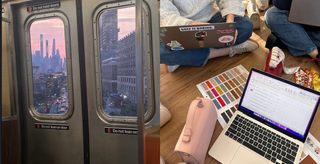
We pay our China-based supplier for the development of our designs and our preferred materials to be shipped to our New York office in bulk, and our costs from that supplier have roughly doubled, some even tripled compared to what they used to be. These rise is costs for us are mostly due to new tariffs and increased production expenses.
To put it simply: a 200% tariff doubles the price of any good it’s levied upon. Most Wanted imports every genuine leather belt you see on our homepage from our long-standing, vetted China-based supplier. They aren't just manufacturers, they're partners who understand our quality standards, brand identity, and timing needs.
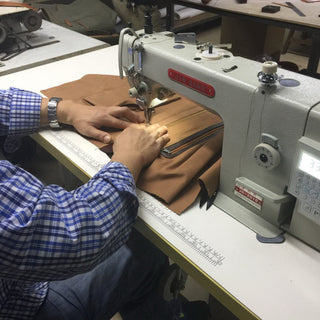
The MW sourcing and production team in China
One of the main purposes of Trump’s tariff policy is to incentivize U.S.-based manufacturing, but here’s where that fails for small fashion brands:
- Domestic manufacturing often can't meet material or quality needs.
- Lead times and costs are significantly higher.
- Switching suppliers requires upfront investment, time, and trust we can't build overnight.
Where Do Fashion brands and workers Like Us Hurt the most?
Our partners, the belt buyers, retailers, and boutiques are facing tighter budgets than normal, rising costs, and pressure to predict trends with little room for error. This means less MW belt and bag orders, or significantly smaller orders making the amount we spend to bring stock to New York from our supplier a loss, rather than a profit. Many of our fellow fashion brand partners are struggling with slower foot traffic, high overhead, and the risk of unsold inventory they can’t return. On our side, we’re dealing with higher production costs, tough factory minimums, and the challenge of keeping small retailers engaged while tariffs squeeze margins across the board.
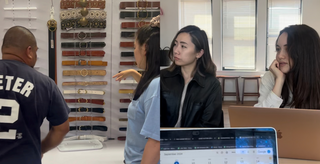
A Personal Cost: Our Fall Collection Delayed

One such loss of creative freedom and trend engagement for us is our Fall Collection, which we’ve had to push back the production of until June. Our production and design head is monitoring the situation closely, hoping there’s a chance the tariff rates could be revised, and placing new belts we designed this year on hold because we want to avoid locking in those higher costs unnecessarily. The months of trend research and love poured into these designs, a collection our entire team is more proud of than most, is likely one of hundreds that small scale fashion brands have had to shorten, push back, or sacrifice completely because of the ongoing trade war.
How are we handling tariffs?
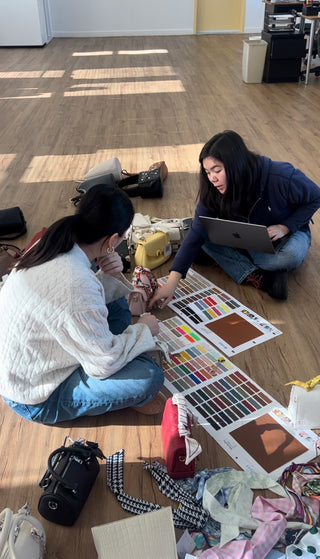
As a team, we’re concerned about Most Wanted’s future. The 145% tariffs have dramatically increased our costs without giving us time or resources to adjust. For a small business, margins are already tight, and doubling our sourcing costs threatens our ability to stay competitive, profitable, and sustainable.
For now, the Most Wanted Accessories Team is focusing on what we can control — tightening inventory management, streamlining our operations, and exploring new sales channels to stay flexible. We’re pouring what we can into platforms we perform well on already, our photoshoots, imagery improvement, and considering how we can be useful to our partners also affected by such a drastic business change. We’re in constant communication with our suppliers and retail partners to find creative ways to share the burden and avoid passing the full cost onto customers. But the only way we can help, inspire, and elevate you, our fashion loving shoppers, and our partners if we find a more sustainable way to persist in a country with new international relations that puts its own businesses in the back of its mind.
